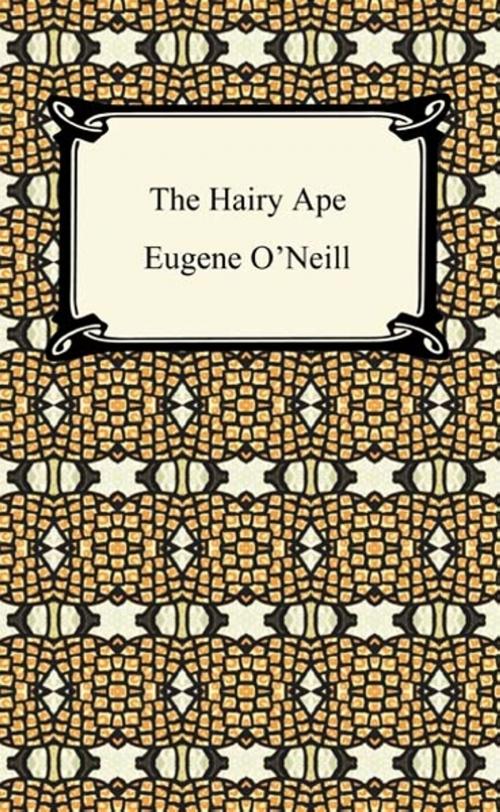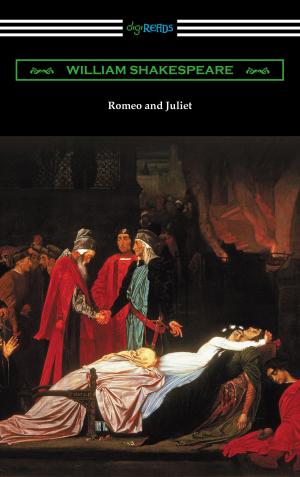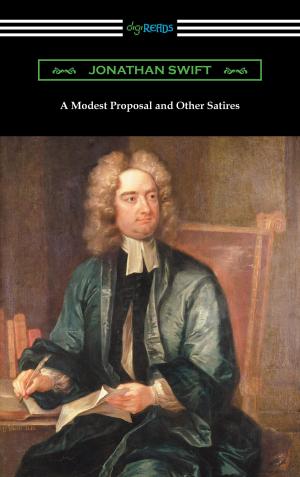| Author: | Eugene O'Neill | ISBN: | 9781596742994 |
| Publisher: | Neeland Media LLC | Publication: | December 15, 2009 |
| Imprint: | Digireads.com Publishing | Language: | English |
| Author: | Eugene O'Neill |
| ISBN: | 9781596742994 |
| Publisher: | Neeland Media LLC |
| Publication: | December 15, 2009 |
| Imprint: | Digireads.com Publishing |
| Language: | English |
Although one of his lesser known one-act plays, "The Hairy Ape," written in 1922, followed the success of his first two Pulitzer Prize-winning plays. This drama follows the disturbing dehumanization of Yank, a ship's fireman and a representation of the lower class. He feels superiority from his brute strength until he meets Mildred, the well-intentioned daughter of an extremely wealthy steel magnate. She initiates Yank's uncertainty and disillusionment concerning his place in society and humanity, leading to his bitter anger and ultimate demise. While the character of Long introduces hints of socialist ideas in the play and Paddy wistfully recalls the days before machinery, these commentaries serve to enhance the powerful conviction of the terrible human toll of industrialization. "The Hairy Ape" was received largely as thought-provoking entertainment in O'Neill's day, and it continues to provide readers today with an insightful view of a pivotal time in American society, ultimately exploring human nature and a society that would endanger and disassociate many of the hard-working people within it.
Although one of his lesser known one-act plays, "The Hairy Ape," written in 1922, followed the success of his first two Pulitzer Prize-winning plays. This drama follows the disturbing dehumanization of Yank, a ship's fireman and a representation of the lower class. He feels superiority from his brute strength until he meets Mildred, the well-intentioned daughter of an extremely wealthy steel magnate. She initiates Yank's uncertainty and disillusionment concerning his place in society and humanity, leading to his bitter anger and ultimate demise. While the character of Long introduces hints of socialist ideas in the play and Paddy wistfully recalls the days before machinery, these commentaries serve to enhance the powerful conviction of the terrible human toll of industrialization. "The Hairy Ape" was received largely as thought-provoking entertainment in O'Neill's day, and it continues to provide readers today with an insightful view of a pivotal time in American society, ultimately exploring human nature and a society that would endanger and disassociate many of the hard-working people within it.















![Cover of the book Dante's Purgatorio (The Divine Comedy, Volume II, Purgatory) [Translated by Henry Wadsworth Longfellow with an Introduction by William Warren Vernon] by Eugene O'Neill](https://www.kuoky.com/images/2017/may/300x300/9781420954968-2oRA_300x.jpg)